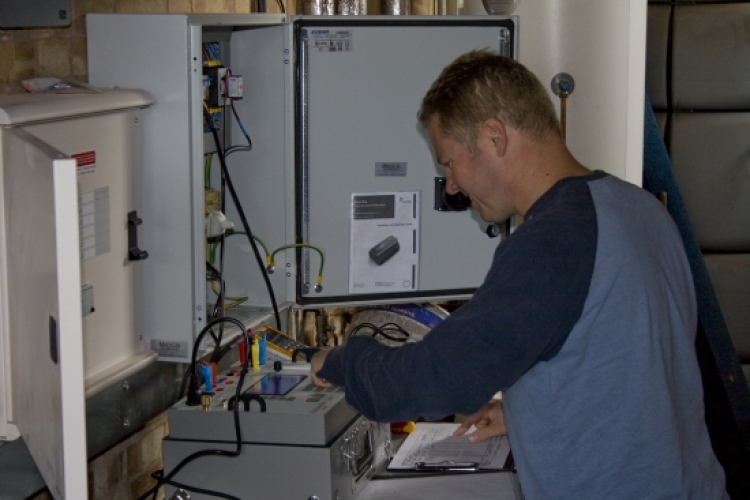
The UK’s Institution of Engineering and Technology (IET) has published its long-awaited Code of Practice for Electrical Energy Storage Systems, filling what has been described as a vacuum of clear guidance for installers and their customers.
The 80-page document sets out to provide guidance for Britain’s market on the “safe, effective and competent application” of electrical energy storage systems, including detailed information on the specification, design, installation, commissioning, operation and maintenance of batteries. The IET is a multi-disciplinary engineering institution and ‘knwoledge sharing network’, with over 168,000 members in 150 countries.
Enjoy 12 months of exclusive analysis
- Regular insight and analysis of the industry’s biggest developments
- In-depth interviews with the industry’s leading figures
- Annual digital subscription to the PV Tech Power journal
- Discounts on Solar Media’s portfolio of events, in-person and virtual
The document covers all types of electrical and electrochemical energy storage systems for industrial, commercial and domestic applications, as well as integration into low voltage power systems, and is aligned with existing standards, regulations and guidance.
It is pitched towards renewable energy developers, electrical contractors and building technicians, consultants and energy and facility managers. IET says it would also appeal to manufacturers, building control, fire services, insurance companies and anyone involved in research and development in this area.
As well as the technical and safety aspects of installing storage assets, IET also seek to guide installers the network connection process, outlining what is need to gain approval from distribution network operators.
‘There is an exciting momentum to the UK battery storage market…’
The publication marks the first detailed and standardised best practice for the installation of energy storage systems to be made available in the UK, with existing guidance often coming from individual manufacturers.
This has contributed to the rising levels of complaints levelled against residential battery storage practices. The Renewable Energy Consumer Code (RECC) received at least one complaint a week during 2016 related to battery storage, a figure which has risen throughout 2017.
RECC recently extended its consumer protection code of practice to these systems, however the scheme is voluntary and is not specific to the technology, unlike the IET’s guidance which covers energy storage in great detail.
Martin Allman, UK country director for Germany-headquartered energy storage provider Sonnen, recently said in an Energy-Storage.News video interview that the document would be “really important to fill that vacuum” in guidance to installers. Following its publication, he told our UK PV site Solar Power Portal that the code marks the latest boost for the rapidly developing UK market.
“The new IET Code of Practice for Electrical Energy Storage Systems provides another timely shot in the arm for the battery storage market, giving some much-needed structure, process and certainty to manufacturers, installers and end users,” he said.
“There is an exciting momentum to the UK battery storage market with various pieces of the jigsaw coming together over the last few months.”
This latest news follows a string of developments for UK storage, including the decision to grant residential systems a discounted 5% VAT (value-added tax) rate, as opposed to the standard 20% levied on most goods bought and sold in the UK, when those storage systems are sold with solar; the publication of the regulator, Ofgem’s Smart Systems and Flexibility Plan and growing interest from international market players like IKEA, which recently launched its own solar-plus-storage offering in UK stores with LG Chem.
Meanwhile, a new report just published by the Specific Innovation and Knowledge Centre at Swansea University in Wales, UK, claims an integrated system comprising solar PV roof installations, battery storage and solar heat collection technology on south-facing walls could cut energy consumption by more than 60%. Taking designs for a new social housing development as its example, the report’s authors said this could be worth £600 (US$780) a year per household.
Additional reporting by Liam Stoker.
Representatives from the IET will be discussing the Code of Practice for Electrical Energy Storage Systems at Solar & Storage Live 2017, taking place at Birmingham’s NEC between 3-5 October. Registration is open now and more information on registering to attend can be found here.






